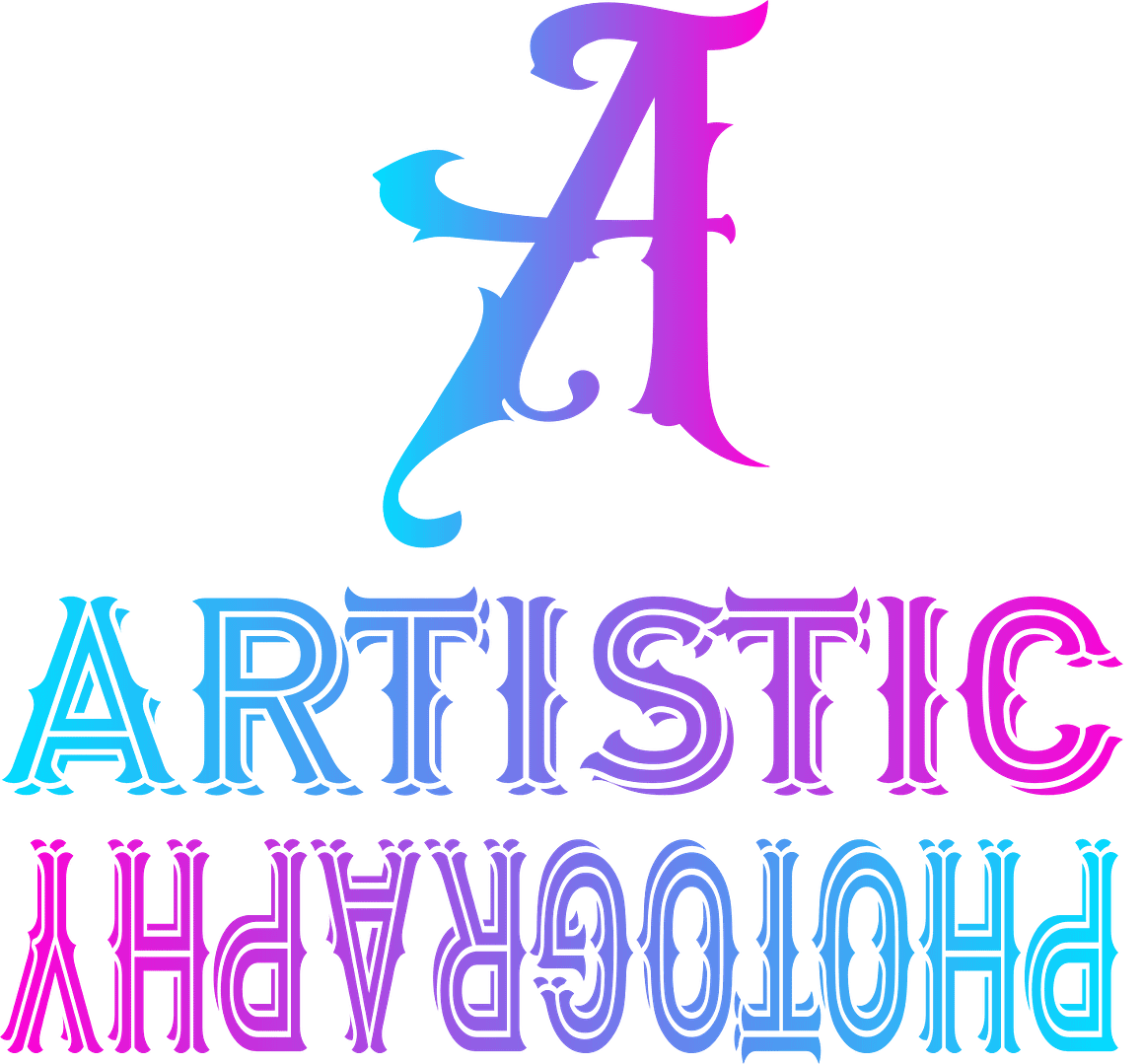The Power of Visual Storytelling in Ads
Visual storytelling in ads refers to the use of compelling visuals and images to convey a narrative and evoke emotions in the audience. It is an essential element in advertising as it helps capture attention, create connections, and leave a lasting impact. In today’s fast-paced world, where consumers are bombarded with countless advertisements, visual storytelling stands out as a powerful tool to engage and connect with audiences on a deeper level.
Emotional Impact of Visual Storytelling
Visual storytelling has a strong emotional impact on viewers. By utilizing visual elements such as colors, imagery, and composition, ads can elicit a range of emotions in the audience. For example, a heartwarming image of a family enjoying a meal together can evoke feelings of warmth, love, and nostalgia. These emotions help create a connection between the viewer and the brand, allowing individuals to relate to the message being conveyed and creating a positive association with the brand.
Memorable Storytelling through Visuals
Compelling visuals have the ability to capture attention and leave a lasting impression on viewers’ minds. In a sea of advertisements, visuals that stand out can make a brand more memorable. By using striking imagery, unique design elements, and creative storytelling, ads can pique the curiosity of viewers and generate interest in the brand. Additionally, visuals that resonate with the audience can increase brand recall, ensuring that the message remains with them long after they’ve seen the ad.
Storytelling through Visual Narratives
Visual storytelling in ads goes beyond the use of individual images. It involves crafting narratives using a series of visuals that unfold a story. This technique allows advertisers to create a more immersive experience for the viewers. Through a sequence of images, ads can take the audience on a journey, building anticipation and engaging them every step of the way. By incorporating storytelling techniques such as a beginning, middle, and end, ads can captivate viewers and effectively communicate the brand’s message.
Increased Engagement and Brand Recognition
Visual storytelling helps attract and retain audience attention. Ads that tell a story visually have a higher chance of engaging viewers compared to text-heavy or mundane visuals. By creating visually compelling content, brands can captivate audiences, hold their interest, and ultimately increase engagement. Furthermore, powerful visuals have the potential to boost brand recognition and recall. When viewers are emotionally invested and remember the story depicted in the ad, they are more likely to remember the brand behind it, leading to increased brand recognition.
Influence of Visual Storytelling on Consumer Behavior
Compelling visuals have a significant influence on consumer behavior. They can inspire and encourage purchase decisions. When viewers emotionally connect with a brand’s story, they are more likely to develop a positive attitude towards the brand, leading to a greater inclination to purchase its products or services. Additionally, visual storytelling helps build trust and credibility with consumers. By effectively conveying the brand’s values and message, ads can establish authenticity, which is crucial in a competitive market.
Conclusion
Visual storytelling is a powerful tool in advertising that helps brands stand out, connect with audiences, and ultimately drive consumer behavior. Through emotional impact, memorable narratives, increased engagement, and brand recognition, visuals play a crucial role in conveying a brand’s story and message. As technology evolves, the future of visual storytelling in advertising holds promising advancements, such as immersive experiences, interactive elements, and innovative techniques, enabling brands to further captivate and engage their target audience.






